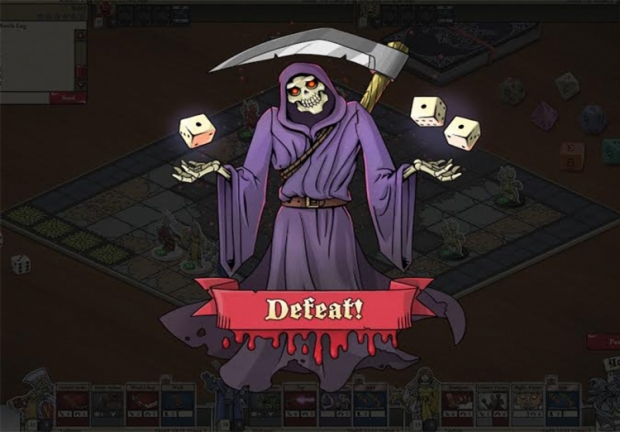Those who have got their paws on the Switch have been complaining of distracting dead or stuck pixels, or light or dark patches on the screens of their brand-new consoles.
Nintendo’s answer to this is that such pixels are “normal” and are not defects. In contradiction to this statement, Nintendo claims that only a small number of cases have been reported.
Either way if you have a problem with dead pixels Nintendo will not give you another one.
But “dead” pixels belong to the early days of LCD screen technology but improvements in the underlying technology and manufacturing techniques driven by their use in billions of smartphones has generally been regarded to have significantly reduced the issue.
It seems that Nintendo has not learnt much about customer support - a similar problem happened with the Nintendo DS at launch in the US, but the Japanese gaming company eventually relented after complaints from buyers.
Nintendo said at the time: “We suggest that you use your system for a few weeks to determine whether this interferes with your enjoyment of game play. If, after using your system for awhile, you feel that this tiny dot is too distracting, the Nintendo DS does carry a one-year warranty.”
Bizarrely, Nintendo also warned users that using the Switch near an aquarium or within a metre of another wireless device, including laptops, wireless headsets, wireless printers, microwaves, cordless phones or even USB-3.0 compatible devices “such as hard drives, thumb drives, LAN adapters, etc”, might cause the Joy-Con controllers to disconnect from the Switch.
It is increasingly looking like Nintendo are trying to shift a console with an underpowered processor and graphics system with dodgy LCD screens on a slightly more cynical buying public. Time will tell if it will get away with it.
Published in
Gaming
Nintendo tries to bury dead pixels scandal
Death comes to everyone
Nintendo has been doing its best to see off stories that its new Switch portable console is blighted with dead pixels.
Tagged under




